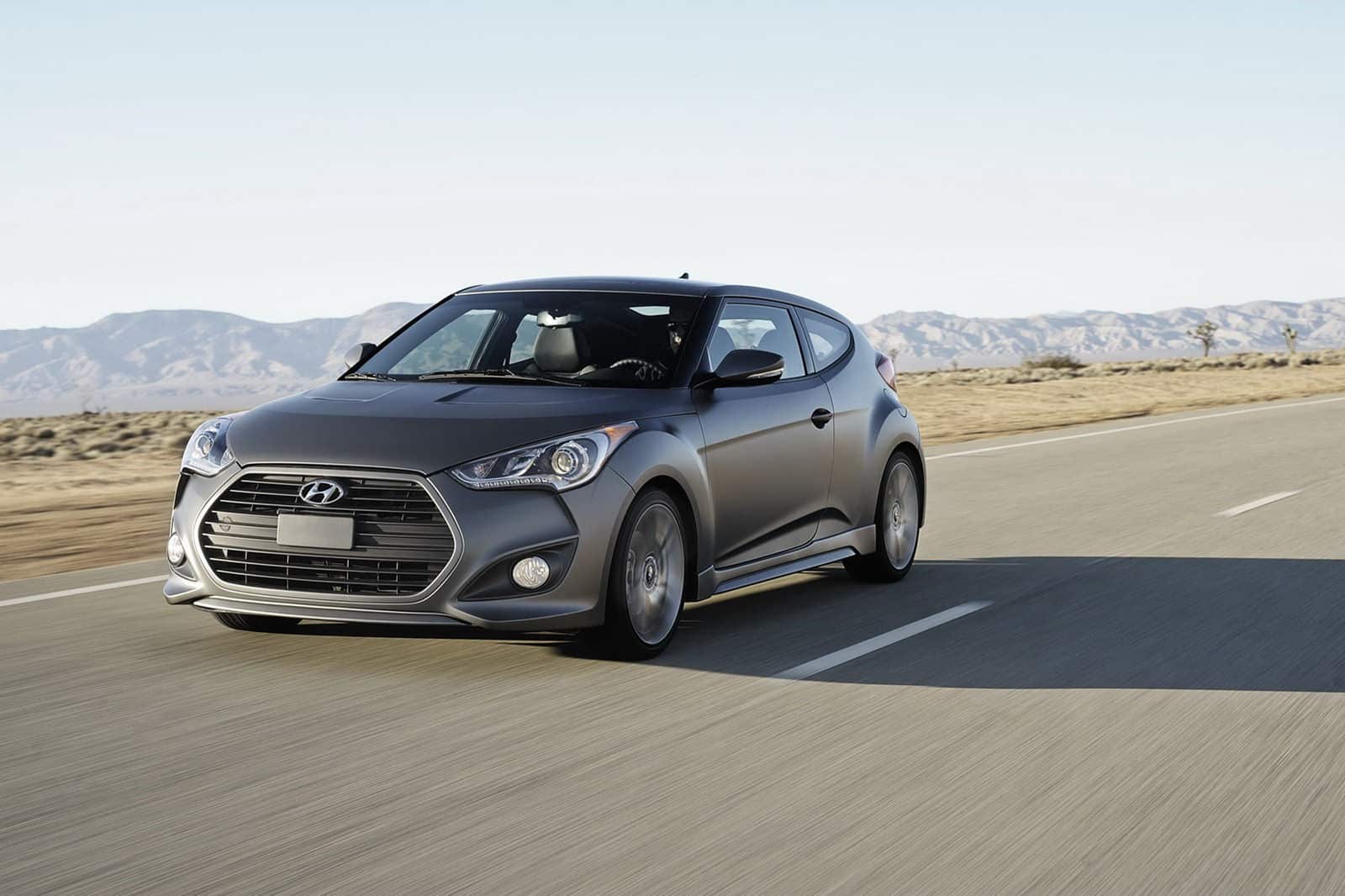The Australia car market, like all of Australia, is a fascinating place. Drivers typically need reliable and comfortable wheels to get everywhere. They tend to buy practical cars, and that’s why Toyota and Holden frequently lead the bestseller’s list. This year, however, buyers are showing their love for Hyundai in greater numbers. As competitors turn in lower sales, South Korean Hyundai’s figures are up. We asked why, and here’s what we learned:
Why light passenger vehicle sales are an Australia economic indicator
The Federal Chamber of Automotive Industries recently reported that new model year sales of light passenger cars actually declined year-to-year by about two-and-a-half percent. Perhaps this doesn’t seem like a really big deal, but it’s a reliable economic indicator. Australian economists largely say that the long-sought recovery from the global recession that started in 2008 is in full-swing this year. Light passenger vehicle sales are the “sweet spot” vehicles of employed workers so economists want to see more sales, not less, than last year:
- April month figures, compared year-to-year, reflect a higher percentage drop in unit sales—almost three percent less than April 2013.
- While top-sellers Toyota and Holden still lead the list of top-sellers in Australia’s market, both makers’ units sold show year-to-year declines—
- The new Corolla sedan is Toyota’s best-selling car. Holden’s previous two top models have lost momentum (Colorado and Cruze) leaving the Commodore to prop up unit sales.
- Hyundai’s i-series (four different models) is less expensive to operate and maintain in comparison to the others’ current top performers.
Sales Momentum
In the midst of other car makers’ disappointing results, automotive analysts were surprised to report that Hyundai’s sales are bucking the trend! Hyundai’s sales increased both year-to-year and month-to-month. Today, Hyundai’s third-place (behind Toyota and Holden) represents an almost ten percent national market share—up a full two percentage points from 2013! April month-to-month sales reflect more than nine percent market share, with an increase of about a-half-of-one percent.
These sales results come as no surprise to Hyundai: the company’s 2013 include increasing sales volume in several fast-growing markets, including Australia. The average new car in Australia cost (median MSRP) $30,550 in 2013. A new Hyundai i20 hatchback can cost less than $14,000, according to the John Hughes dealer website.
The Future is Fierce: Zero Carbon Footprints for Australia
Hybrid and sustainable technology, including full-fledged electric vehicles (emitting just water and heat with zero carbon footprint) are part of Hyundai’s “Blue Drive” Australia program. Australians seem to like the idea of sustainable living, so various makers are working hard to bring new electric and sustainable technologies to market.
Electric car competition in Australia is fierce, including Tesla Model 5 Aston Martin Rapide, Nissan Leaf, BMW i3 Hatchback, and Ford Focus Electric, says Transport Evolved News (T.E.N.). There’s no telling what car maker will sell the most electric vehicles today but, from what we’ve learned about the Australian market, buyers want value for money.

